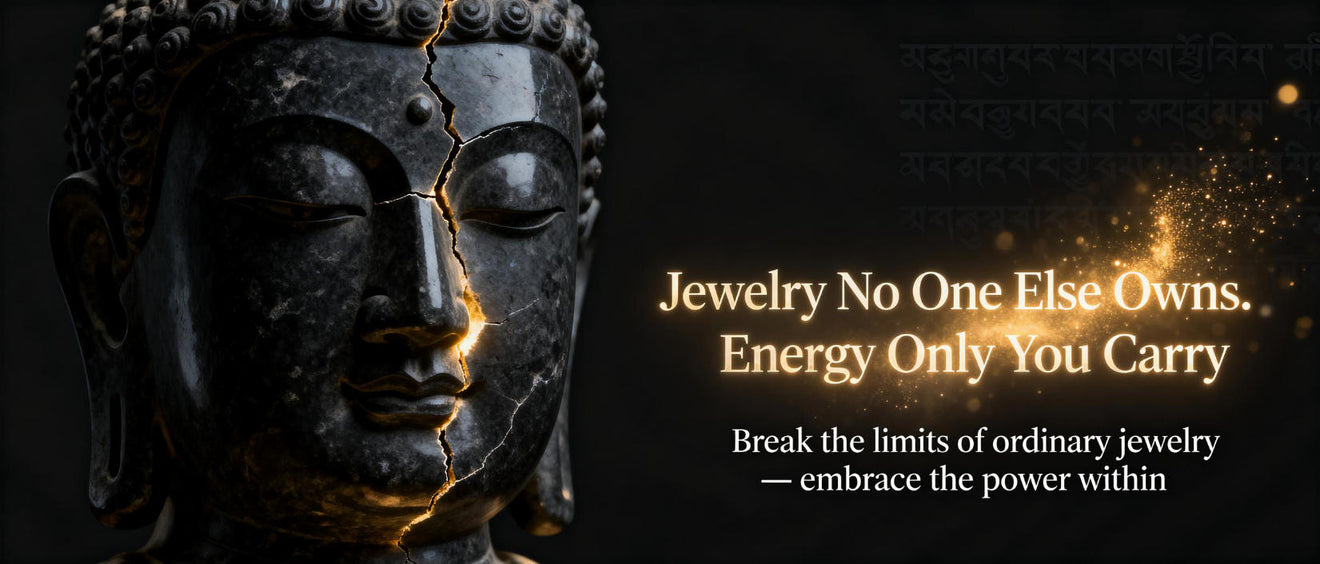
Within the meticulous design among Tibetan sacred practices lie two compelling artifacts: the painted thangka and the sacred bodhi bead. Separately, in personalized means, provide access to spiritual knowledge. The thangka, a hand-painted tableau, delineates sacred characters, spiritual mandalas, or traditional chronicles, assisting meditative practice.
Conversely, the bodhi bead, often crafted from valuable jewels, planks, seeds, or ossein, is a tangible reminder of Buddha's realization under the bodhi tree. Handling the beads deepens focused awareness.
- Together, the thangka and the bodhi bead represent the fusion of creativity and faith. They offer a tangible link to the historic sagacity of Tibetan Buddhism.
Chronicles Inscribed in Camel Ossicles
Across the sands of time, age-old treasures whisper tales pertaining to a world long forgotten. These are not treasured objects from bygone empires, but simple camel bones marked with characters that unlock the unknowns of a bygone time. All pieces keep the echo from a life lived, a journey navigated, and a connection to the sacred wisdom that encloses us all.
- They
- Artifacts
- Serve
A Symphony of Symbols: Unveiling the Secrets of Thangka Art
Tangkas are eye-catching paintings on canvas, meticulously crafted by Tibetan artists to depict spiritual figures and scenes from Buddhist scriptures. Each detail within a thangka is laden with depth, forming a complex tapestry of visual narratives that guide the viewer on a introspective journey. The pigments used in thangkas are not merely aesthetic choices but carry meaningful connotations, reflecting different aspects of the Buddhist beliefs. From the majestic figures to the intricate motifs, thangkas offer a insight into the rich world of Tibetan Buddhism, inviting us to contemplate upon its principles.
- Ancient thangka art often depicts key Buddhist figures such as Buddha Shakyamuni, Bodhisattvas like Avalokiteshvara and Manjushri, and enlightened beings from various traditions of Tibetan Buddhism.
- Among these representations lies a wealth of understanding that can be interpreted by those who contemplate the symbolic language of thangkas.
Buddha's Path to Enlightenment: Embodied in Beads and Bone
Upon the winding course to enlightenment, the Buddha exercised emblems imbued with profound importance. Each bead and component held within them the quintessence of his instruction, revealing glimpses into the fabric of reality. Alongside their form, the Buddha conveyed profound discoveries that outstrip the realm of earthly perception.
From his contemplative beads, crafted from ancient materials, emerged vibrations that harmonized with the evanescent frequencies within. The matrix of a entity, meticulously transformed into charms, served as tangible tokens of the impermanence native to all forms.
Thangkas: Windows into Himalayan Spirituality
Thangkas colorful paintings on cloth serve as influential representations of Himalayan spirituality. These intricate works of art, meticulously created with artful brushstrokes, depict a vast array exhibiting Buddhist deities, mandalas, and scenes from ancient scriptures. Each thangka is an instructive medium for meditation and contemplation, offering awareness into the profound teachings of Buddhism.
- They are often used in ritual ceremonies for
- expressing states of spiritual awakening.
- Thangkas operate as not merely decorative works but rather portals into the rich and captivating world of Himalayan spiritual traditions.
The Essence of Bodhi Beads: Cultivating Mindfulness and Compassion
Each bead on a bodhi bead mala whispers tales of ancient wisdom, guiding us on a pilgrimage through the tranquil waters of mindfulness. As we handle these intricately fashioned beads, our fingers trace the contours of individual one, anchoring our concentration in the present moment. The gentle mass of the beads against our palms serves as a tangible reminder to respire, fostering a sense of composure.
- Upon each bead that passes between our fingers, we nurture compassion, extending it first to ourselves and then outward to the world.
- Ancient traditions teaches us that mindfulness is a method that requires patience and dedication.
With the aid of the rhythmic repetition of mantra or simply the mindful registering of the beads, we break free from the relentless chatter of the mind.
The practice incorporating bodhi beads is a beautiful invitation to reestablish our connection with ourselves and the world around us.
Harnessing the Energy: Weaving a Camel Bone Bracelet for Spiritual Expansion
Intent embodies an inherent energy in our lives, shaping our experiences and guiding us towards our foreordained route. When we combine this intention with the ancient wisdom of crafting a camel bone bracelet, we create a potent synergy that can amplify our spiritual growth.Camel bone carries profound symbolism, representing sturdiness. Its natural beauty and perennial fascination serve as a constant reminder of the divine force within each of us.Through mindful selection of bones, instill intentions into the creation. With every knot or join, we embody our hopes, dreams, and aspirations for spiritual evolution. This act of creation becomes a sacred ritual, bonding us with our inner wisdom and guiding us on a pilgrimage of understanding.- Use the bone’s natural designs to enhance symbolic resonance.
- Visualize your desires as you work, knotting them into the bracelet's structure.
- Place it on an altar dedicated to your spiritual practice.
Camel Bone's Role in Buddhist Iconography
In the rich tapestry embedded in Buddhist tradition, artifacts often hold profound symbolic meaning. Amongst these varied objects, camel bone stands out as a unusual and absorbing element. Throughout history, this material has been exploited in the crafting within various Buddhist items, each imbued with specific implications.
- Recognized as a symbol of resilience and strength due to the camel's ability to survive in harsh environments, camel bone often symbolizes spiritual fortitude.
- Likewise, the color and texture of camel bone are believed as some to hold auspicious connotations, manifesting purity and serenity.
Wherefore, camel bone has become a meaningful part of Buddhist heritage, serving as a tangible connection to the profound teachings within this ancient faith.
Thangka Illustrations: Devotional Narratives
Within the ethereal realm of Tibetan Buddhism, Thangka paintings emerge as sacred portals to enlightenment. These remarkable works, meticulously crafted by skilled artists known as thangkapa, depict a myriad consisting of vibrant deities, celestial beings, and mythical creatures. Each brushstroke instills profound spiritual significance, narrating ancient tales and philosophical notions.
- Covering a vast repertoire of Buddhist iconography, Thangkas serve as both devotional objects and instructional tools. Dedicated practitioners gaze upon these paintings during rituals and meditations, seeking to gain spiritual wisdom.
- Luxuriously ornamented with intricate details alongside a multitude of vibrant hues, Thangkas are considered windows into the divine. The painting acts as a symbolic representation of the Divine Figure's teachings and the path to liberation.
Employing their dominant imagery and symbolism, Thangka paintings offer a glimpse into the rich spiritual traditions of Tibet. They are a testament to the enduring artistry of Tibetan art and its profound ability to awakening.
Embracing the Duality: Thangkas and the Cycle of Life and Death
Thangkas, intricately detailed Tibetan paintings, illustrate a profound dialogue on the temporary aspect of life. Each intricate portrait depicts deities and beings engaged in the developing path of life and death, a assemblage of birth, growth, impermanence, and renewal. Buddhist jewelry The artists skillfully integrate these concepts within the thangka's environment, highlighting the interconnectedness of all things. Through vivid icons, they invite us to speculate on our own existence. The cycle revolves, a motion of coming and going, spotlighting the preciousness of each moment. By embracing this duality, thangkas teach us to cherish the beauty in both life's joys and sorrows.Lines of Commitment: The Significance of Bracelets in Buddhist Practice
In the intricate tapestry of Buddhist practice, seemingly basic objects often hold profound meaning. Among these are bracelets, which serve as tangible symbols of devotion and commitment to the journey of Buddha. Worn on the wrist, a bracelet serves as a constant reminder of one's aspirations and ambitions. It can suggest the impermanence of life, stimulating practitioners to remain stable in the present moment. Some bracelets may harbor sacred glyphs, such as mantras or the names of Buddhas, which are perceived to bring forth positive energy and shield. Others are commonly made from constituents with spiritual significance, like sandalwood or lotus seeds, enriching the bracelet's impact. Ultimately, the significance of a Buddhist bracelet originates far beyond its physical form. It becomes a powerful tool for introspection, a catalyst to live in harmony with the teachings of Buddha, and a wellspring of one's unwavering faith.